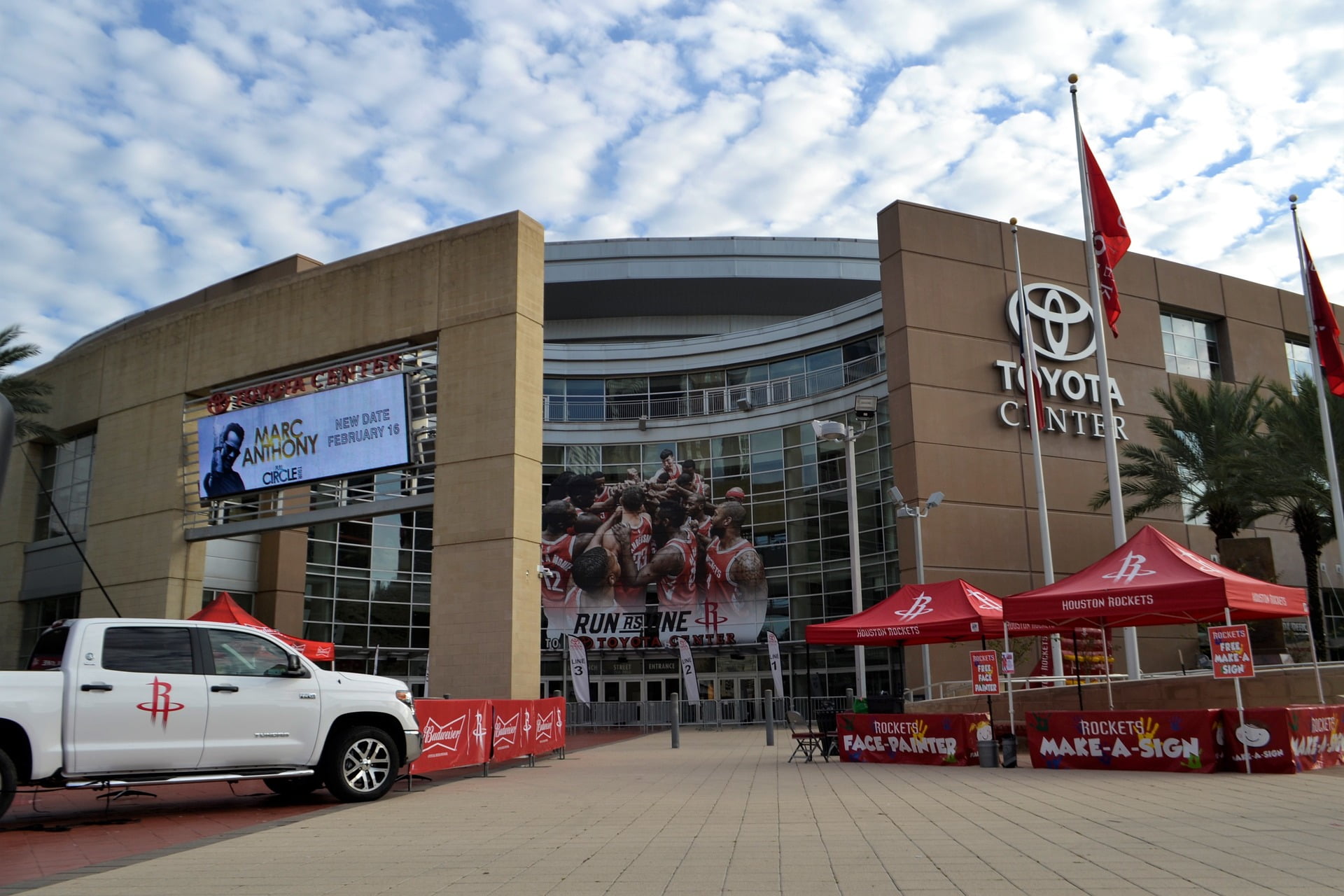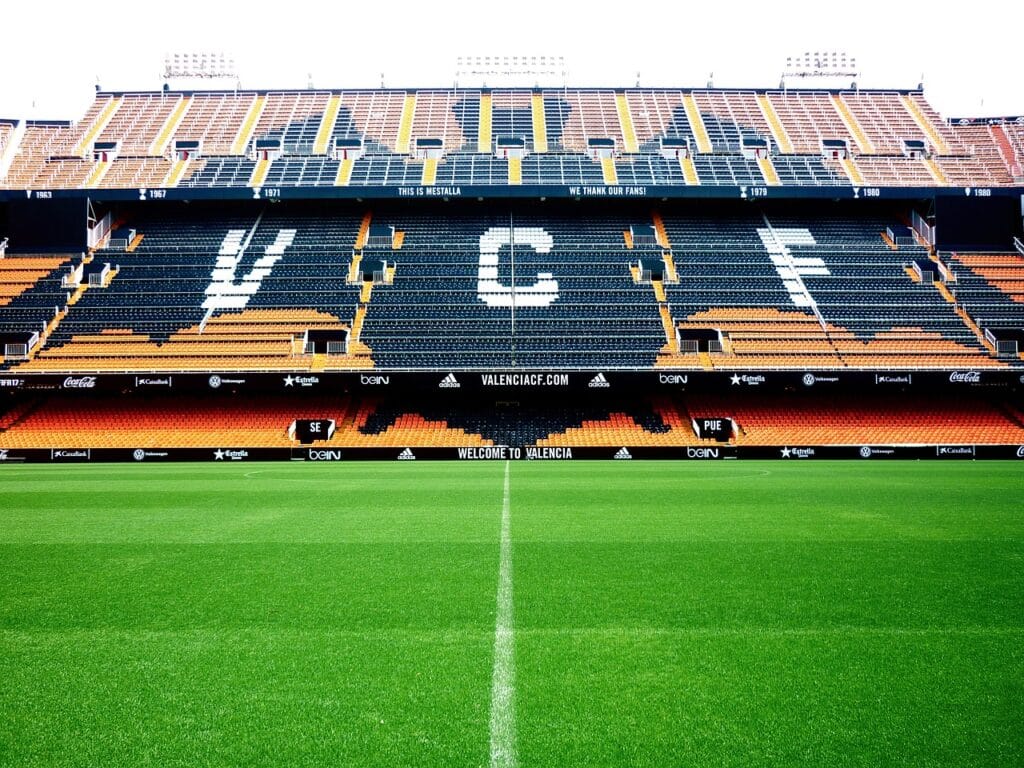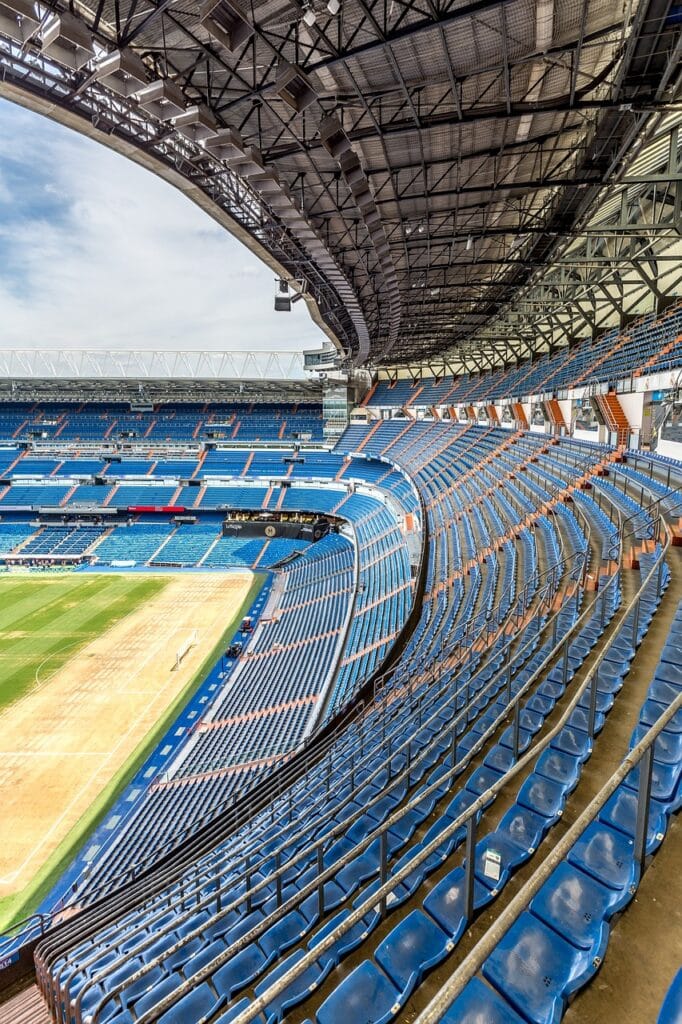In regards to my recent post on arena subsidies in smaller cities, Skip points out that it’s not only taxpayers who took a bath on arena projects sponsored by Global Entertainment Corporation. Stockholders haven’t fared very well either.
Arena subsidies have long been a controversial topic, especially in smaller towns that may not have the same economic clout as larger metropolitan areas. Proponents of arena subsidies argue that building new sports arenas and entertainment complexes can bring jobs, tourism, and overall economic growth to a region. However, the reality often falls short of these expectations, leaving taxpayers and investors bearing the brunt of financial losses.
In recent years, the case of Global Entertainment Corporation (GEC) has become emblematic of the pitfalls associated with arena projects in small towns. GEC, which once promised to revolutionize minor league hockey and entertainment by building multi-purpose arenas in smaller markets, now serves as a cautionary tale. Shares of the company, which traded at over $6 per share in 2007, plummeted to just $0.05 per share—representing a catastrophic 99% decline.
[ez-toc]
The Promise of Economic Revitalization
The primary selling point for arena subsidies has always been economic revitalization. Proponents often argue that these new arenas would create jobs, spur tourism, and generate new streams of tax revenue through increased local spending. Politicians and developers often promise that the construction of an arena would lead to a “halo effect”—the idea that surrounding businesses such as restaurants, hotels, and retail shops would benefit from the increased foot traffic generated by the arena.
In smaller towns, where economic development can be stagnant or slow, such promises can be incredibly enticing. Local governments may see these subsidies as a way to attract not only sports franchises but also entertainment events like concerts and family shows, which, in theory, could put the town on the map.
However, the actual benefits of these projects have often fallen short of expectations. In many cases, the promised economic boom does not materialize, and taxpayers end up footing the bill for arenas that are not fully utilized. The result is that small towns become burdened with debt from the arena construction while local businesses fail to see the anticipated increase in consumer activity.
The Collapse of Global Entertainment Corporation
Global Entertainment Corporation’s business model was simple: build multi-purpose arenas in small and mid-sized towns and then house a minor league hockey team as the main tenant. The arenas would also host concerts, conventions, and other events, thus driving more revenue. The idea looked good on paper, and for a while, GEC was seen as an innovative company capable of bringing big-time entertainment to small markets.
However, the company’s ambitious plans soon faced several challenges. Many of the arenas built under the GEC model failed to generate enough revenue to cover their operating costs, let alone pay back the subsidies and investment required to build them. As GEC continued to build more arenas, it became clear that demand was overestimated. Towns that had invested millions of dollars in these arenas were left with underutilized facilities, and the promised economic windfall never came.
By 2007, GEC’s stock price was trading at over $6 per share. But within a few short years, the company’s financial situation had deteriorated rapidly. Shares plummeted to just $0.05—a staggering 99% decline. The collapse of GEC not only hurt its investors but also left many small towns stuck with arenas that were no longer economically viable.
Taxpayers Left Holding the Bag
In the wake of the GEC collapse, many towns found themselves in financial trouble. Taxpayers, who were initially told that the arena projects would pay for themselves through increased tax revenue and economic activity, were left to cover the shortfalls. In many cases, these shortfalls amounted to millions of dollars. The problem was compounded by the fact that arenas are expensive to maintain. Without a steady stream of events and attendees, the costs of maintaining and operating the facility could outweigh any revenue generated.
A prime example of this issue occurred in Rio Rancho, New Mexico, where the Santa Ana Star Center, built by GEC, struggled to attract enough events to stay profitable. The arena was initially seen as a way to attract both a minor league hockey team and a variety of entertainment events, but attendance numbers remained low, and the city eventually had to cover financial losses through its general fund. This is just one of several examples of taxpayers bearing the financial burden of failed arena projects.
Why Small-Town Arena Projects Fail
There are several reasons why arena projects in small towns often fail to meet expectations:
- Overestimated Demand: In many cases, the demand for an arena in a small town is overestimated. While the initial excitement of a new facility may drive ticket sales for the first few events, interest can quickly wane, leaving the arena underutilized.
- Lack of Anchor Tenants: Successful arenas in larger cities often have anchor tenants, such as professional sports teams or major concert venues, that bring in consistent revenue. Small-town arenas may not have a reliable anchor tenant, making it difficult to generate consistent income.
- High Maintenance Costs: Even when an arena is not fully utilized, the costs of maintaining the facility remain high. Utilities, staffing, and general upkeep can eat away at any revenue generated from occasional events.
- Economic Multipliers Overstated: Local governments and developers often overestimate the so-called “multiplier effect” of an arena. While there may be some positive economic impact, it is rarely enough to justify the significant upfront investment and ongoing operational costs.
What Can Be Learned
The collapse of GEC and the struggles of arena projects in small towns provide important lessons for local governments and taxpayers. Arena subsidies may seem like a quick fix for economic development, but the risks are often much higher than advertised. Governments must carefully consider the long-term financial viability of these projects before committing taxpayer money.
The reality is that many small towns simply do not have the population or economic base to support a large-scale arena. In these cases, it might be better to invest in smaller, more sustainable projects that can provide a steady stream of economic benefits without the risk of long-term financial burden.
The Future of Arena Subsidies
As cities across the United States continue to debate the merits of arena subsidies, the lessons learned from GEC’s collapse should serve as a cautionary tale. While some cities, particularly larger ones with established sports teams, can successfully leverage arena subsidies for economic development, smaller towns should be wary of promises that sound too good to be true.
Going forward, it will be important for governments to demand more transparency and accountability from developers and consultants who propose these projects. Arena subsidies can be a valuable tool for economic development, but only when the risks are properly understood and managed. For many small towns, the best approach may be to invest in more modest projects that align with the local economy and population.
Conclusion
The story of Global Entertainment Corporation and its failed arena projects is a powerful reminder of the dangers of arena subsidies in small towns. While the promise of economic revitalization can be alluring, the reality is often far different. Small towns must carefully weigh the risks and benefits of these projects before committing taxpayer money to them. As we move forward, the future of arena subsidies will depend on greater transparency, accountability, and a clearer understanding of the long-term economic impacts.



